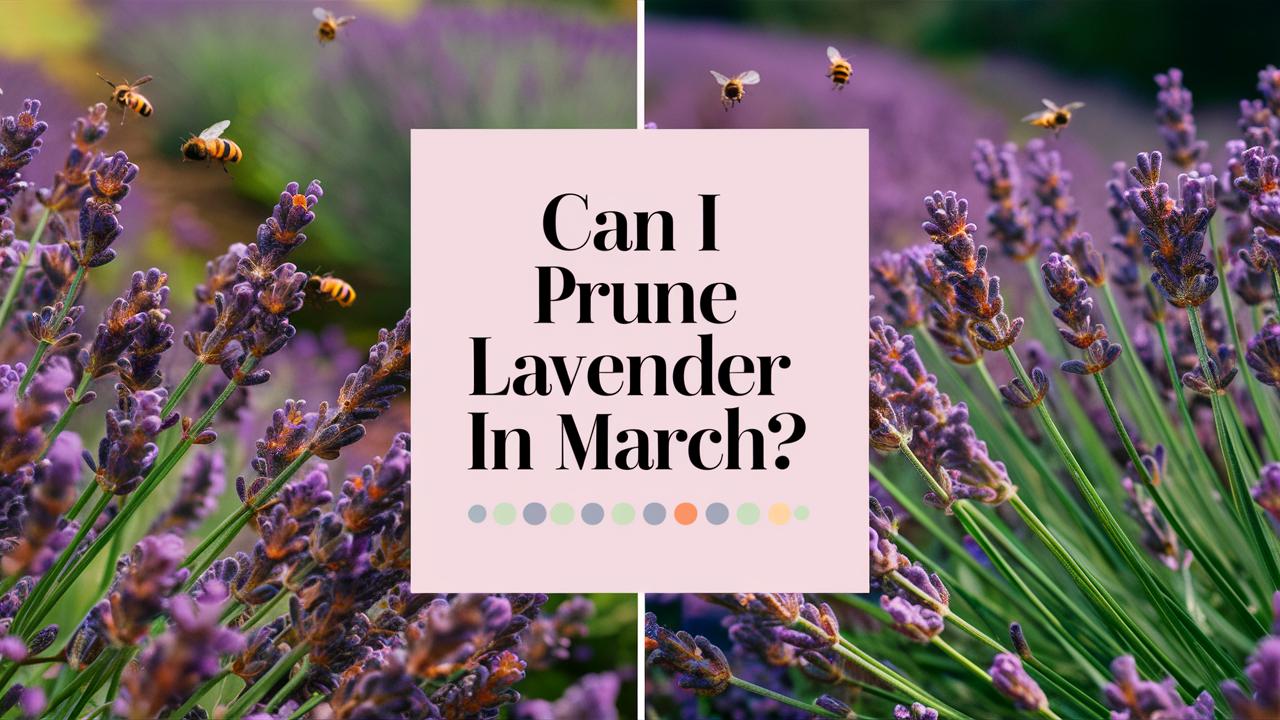In this guide, we will explore the ins and outs of pruning lavender, the optimal time for pruning, and best practices that will ensure your lavender flourishes beautifully.
Understanding Lavender Growth Patterns
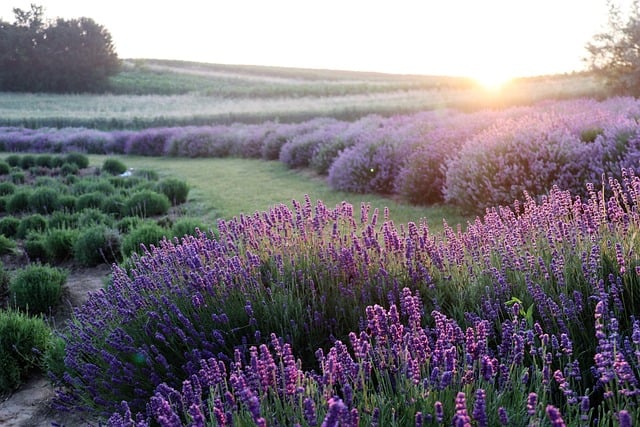
Before delving into the specifics of pruning, it’s essential to understand how lavender grows. Lavender belongs to the Lamiaceae family and has various species, the most common being English lavender (Lavandula angustifolia) and French lavender (Lavandula dentata). These plants are known for their woody stems, aromatic foliage, and vibrant flowers.
Lavender displays distinct growth patterns: during the spring and summer months, it experiences robust vegetative growth and flowering, and in the fall, it enters a dormant state as the temperatures drop. Understanding this growth cycle is crucial for determining the right time for pruning.
Why Prune Lavender?
Pruning lavender serves several purposes:
Promotes Healthy Growth: Pruning lavender encourages the plant to develop new shoots, which can lead to a bushier and more vigorous growth habit. This is particularly important for older plants that may become woody over time.
Enhances Flower Production: Regular pruning can help enhance the number and quality of blooms the plant produces each season, ensuring a richer and more vibrant display of flowers.
Prevents Disease: Removing dead or diseased branches can help prevent the spread of pathogens and improve air circulation around the plant, reducing the risk of fungal infections.
Maintains Shape: Pruning helps maintain the desired shape of the plant, making it look tidy and well-kept in your garden or landscape design.
With these benefits in mind, the question remains: When is the best time to prune lavender?
The Best Time to Prune Lavender
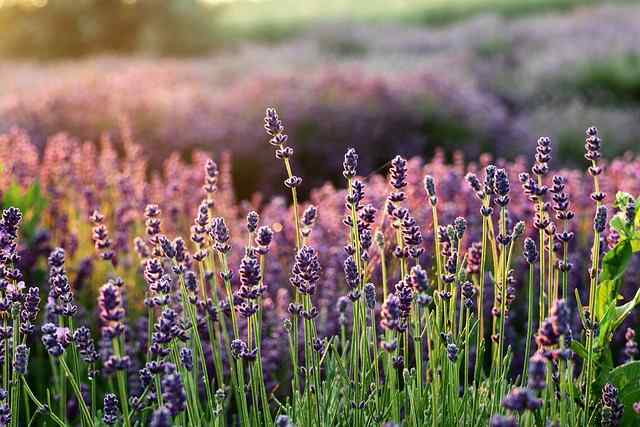
While lavenders are resilient plants, timing is critical when it comes to pruning. Most experts agree that the ideal time to prune lavender is in the spring, just as new growth is beginning to emerge. However, can you prune lavender in March? The answer is nuanced and depends on your specific climate and the growth habits of your lavender plants.
Climate Considerations
March is the beginning of spring in many regions, but climate conditions can vary significantly. For gardeners in warmer areas, such as hardiness zones 8-9, it may be perfectly acceptable to prune lavender in March, especially if the danger of frost has passed and new growth is already visible. In these regions, lavender plants can benefit from an early pruning to promote lush growth and flowering.
However, for gardeners in cooler climates, particularly those in zones 5-7, it may be wise to wait until mid to late April. Pruning too early can expose the plant to frost, which can damage new growth and weaken the plant overall. It’s crucial to monitor the local weather conditions and act accordingly.
Observing the Plant’s Growth
In addition to climate, closely observing your lavender’s growth pattern can guide your pruning schedule. Before you grab your shears, check for the following signs:
New Growth: If you notice small green shoots emerging from the base of the plant, it may be time to prune. These new growths indicate that the plant is awakening from its dormant state and ready for a haircut.
Dead or Woody Stems: If your lavender has begun to look scraggly with overgrown, woody stems, it’s an appropriate time to prune those back regardless of the month. A healthy lavender plant will show signs of rejuvenating growth after a significant prune.
How to Prune Lavender

If you’ve determined that it’s time to prune your lavender, the next step is to understand how to do it effectively. Pruning lavender may seem intimidating, but with a little knowledge and the right tools, you can achieve beautiful and vibrant plants. Here’s a step-by-step guide:
Tools You Will Need
Before you start pruning, gather the following tools:
Sharp Pruning Shears: Ensure your shears are sharp to make clean cuts. Dull blades can damage the plant and lead to disease.
Gloves: Lavender can be quite woody, so it’s wise to wear gloves to protect your hands.
Disinfectant: If you’re pruning multiple plants, consider sanitizing your shears between uses to prevent the spread of disease.
Pruning Steps
Assess the Plant: Begin by taking a close look at your lavender. Identify any dead or woody stems and decide how much you want to prune. Generally, you should aim to cut back about one-third of the plant’s overall height.
Make Clean Cuts: Start removing the dead or woody stems, cutting them back to the base of the plant. When making cuts, aim for a 45-degree angle to help direct moisture away from the cut surface.
Shape the Plant: As you prune, shape the lavender into a rounded mound. This maintains its natural form and encourages bushy growth. Be careful not to cut into the woody part excessively, as lavender will not regenerate from older wood.
Remove Weak Growth: Thin out any weak or spindly growth, allowing for better air circulation and reducing competition for nutrients within the plant.
Clean Up Debris: After pruning, gather all cuttings and fallen leaves to prevent any potential disease spread to your healthy plants.
Tips for Pruning Lavender
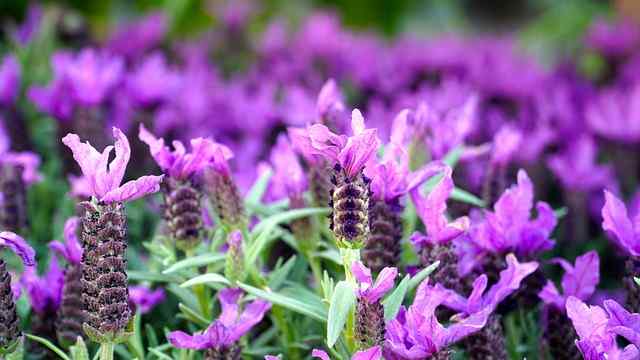
While pruning can be straightforward, there are a few tips and tricks that can enhance your lavender pruning experience:
Know Your Lavender Variety
Different lavender species may have varying growth habits and pruning requirements. For instance, English lavender tends to be hardier and can tolerate more aggressive pruning, while French lavender might need a gentler approach. Familiarize yourself with the specific type of lavender you have in your garden.
Prune in Phases
For larger lavender plants or particularly old specimens, consider pruning in phases. Start with the most damaged or excessively woody parts in one session, and leave the rest for a week or two. This gives the plant time to recover from the initial cuts while still allowing for further shaping.
Avoid Late Season Pruning
As tempting as it may be to tidy up your lavender just before the frost, avoid pruning late in the season. Pruning too close to fall can stimulate new growth, which is vulnerable to frost damage. It’s always best to finish your major pruning activities well ahead of the cold season.
Beyond Pruning: General Care for Lavender
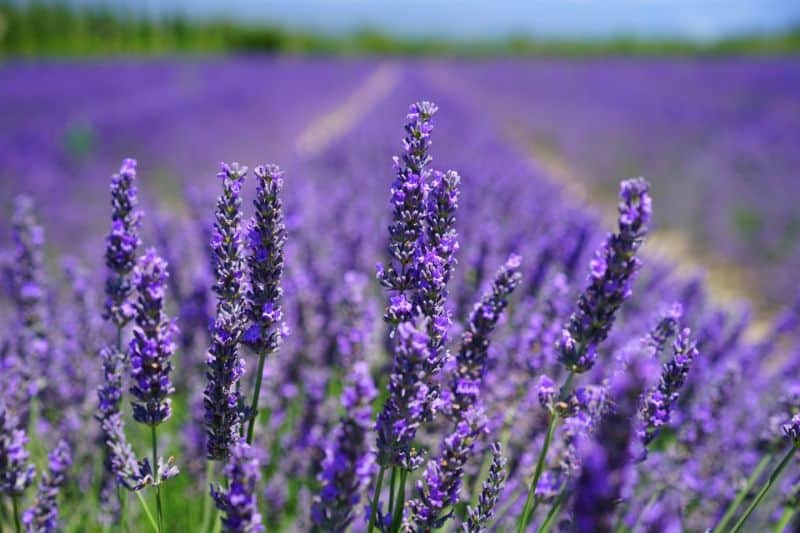
Pruning is only one aspect of lavender care. To ensure your plants thrive throughout the growing season, consider the following routine practices:
Watering Requirements
Lavender is drought-tolerant once established, but young plants require regular watering to develop robust root systems. During the growing season, water lavender deeply but infrequently, allowing the soil to dry out between watering sessions. Overwatering can lead to root rot, a common issue among lavender gardeners.
Fertilization Needs
Lavender doesn’t require much fertilization, but an annual application of a balanced, slow-release fertilizer in spring can promote healthy growth. Avoid high-nitrogen fertilizers, which can lead to excessive leaf growth at the expense of flowering.
Pest and Disease Management
While lavender is relatively pest-resistant, it can occasionally encounter issues such as aphids or fungal diseases. Regular monitoring and maintaining good air circulation can help prevent these problems. In case of infestation, natural insecticidal soaps can be an effective solution.
Mulching Appropriately
Applying a layer of gravel or mulch around the base of your lavender can help with moisture retention and weed suppression. Just ensure that mulch isn’t piled too high against the stems, as this can encourage rot.
The Joy of Lavender in the Garden
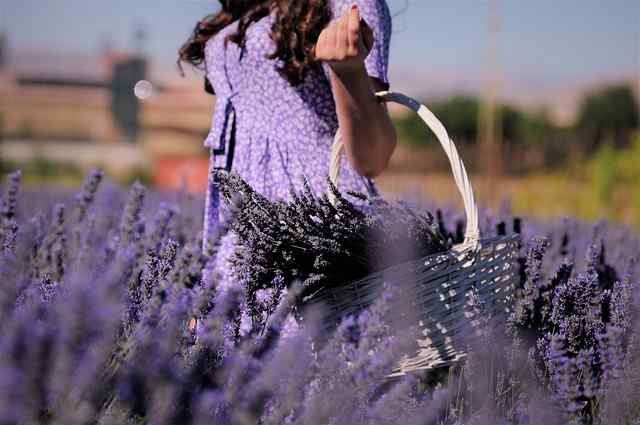
When properly cared for, lavender can provide not only aesthetic beauty but also aromatic pleasure. Pruning is a vital part of ensuring your plants remain healthy, bushy, and full of flowers. Whether you decide to trim them in March or later in the spring, you’ll be rewarded with lush plants that enhance your garden and invigorate your senses.
Conclusion: Making the Right Call
Ultimately, deciding whether to prune lavender in March depends significantly on your climate and the plant’s activity level. Observing the signs of growth and understanding the local weather context will guide your decision-making process. Remember that the goal of pruning is to promote healthy, vibrant growth, which can be achieved with careful timing and technique.


